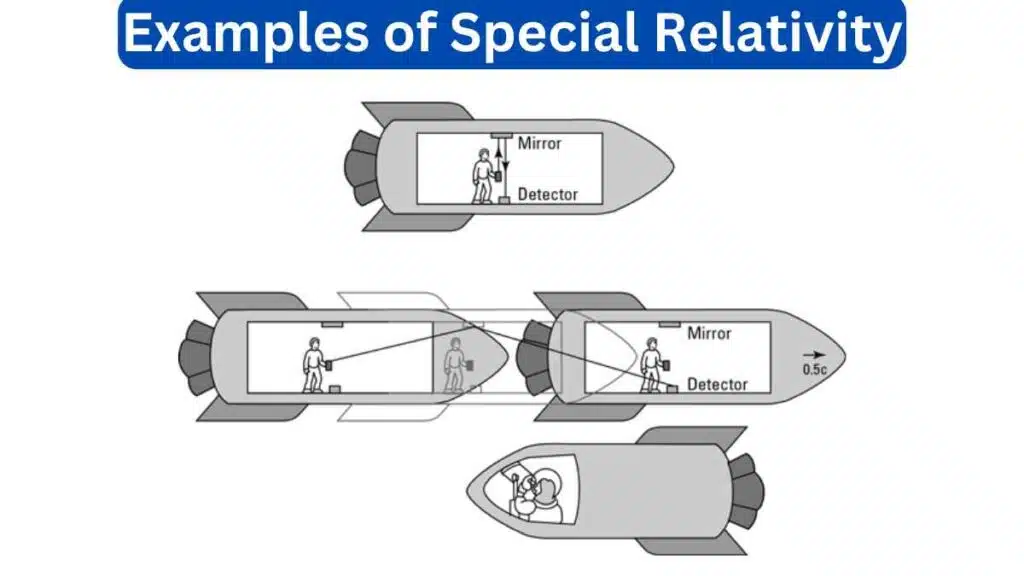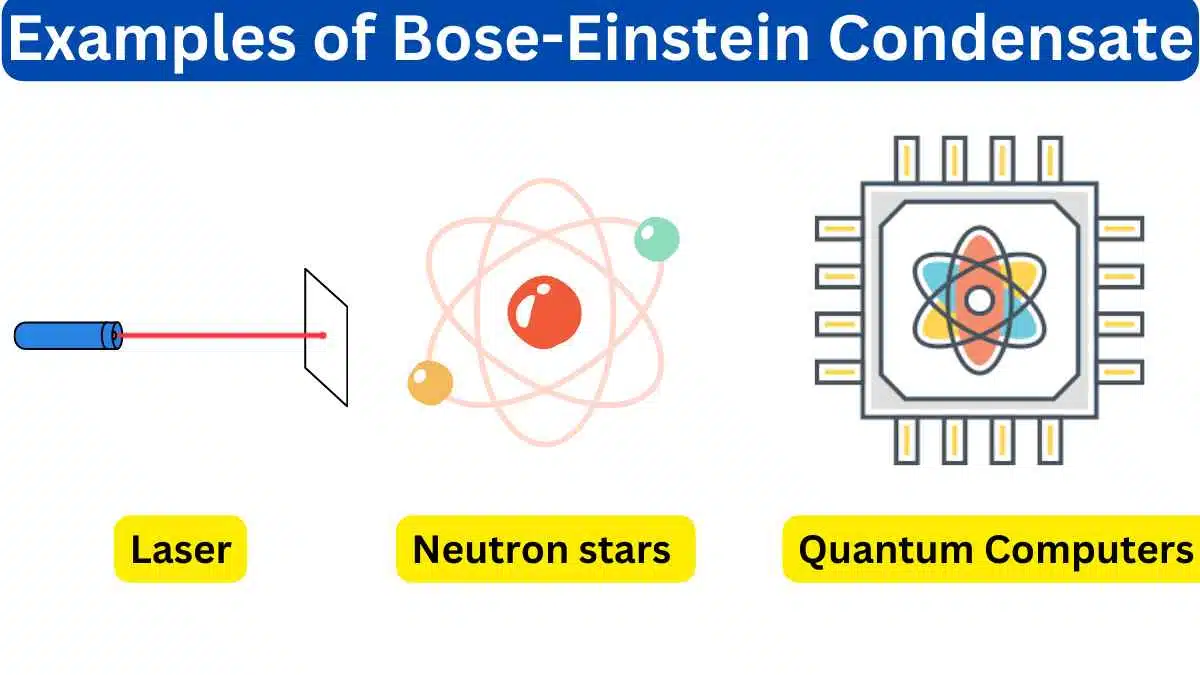10 Examples of Special Relativity
Albert Einstein’s theory of special relativity was published in 1905. It revolutionized our understanding of space and time. It introduced groundbreaking concepts, such as time dilation and the equivalence of mass and energy (E=mc2).
Examples of Special Relativity
Here are 10 examples of special relativity.

1. Time Dilation
Time dilation is one of the hallmark effects of special relativity. Clocks moving at different velocities tick at different rates. GPS satellites, which travel at high speeds, must account for this effect to maintain accurate timekeeping.
2. Length Contraction
Special relativity predicts that objects in motion contract in the direction of motion. Particle accelerators, like the Large Hadron Collider (LHC), operate at high speeds and utilize length contraction to fit particles within smaller spaces.
3. Twin Paradox
The twin paradox is a thought experiment involving two twins, one of whom travels through space at high speeds while the other remains on Earth. When they reunite, the traveling twin has aged less due to time dilation, illustrating the relativity of time.
4. Mass-Energy Equivalence
Einstein’s famous equation, E=mc^2, demonstrates the equivalence of mass and energy. This principle underlies nuclear reactions, including those in the sun and nuclear power plants.
5. Relativistic Particle Accelerators
Particle accelerators, such as synchrotrons and cyclotrons, rely on special relativity to increase the energy of particles, allowing scientists to study subatomic particles and conduct fundamental research.
6. Lorentz Transformation
The Lorentz transformation equations are central to special relativity and describe how space and time coordinates change when transitioning from one inertial frame to another. They are crucial for calculating relativistic effects.
7. Relativistic Jets
In astrophysics, special relativity explains the formation of relativistic jets, narrow streams of particles emitted from objects like black holes and quasars, traveling close to the speed of light.
8. Relativistic Spacecraft
Interplanetary and interstellar missions must account for special relativity when calculating travel times, as the effects of time dilation become significant at high speeds.
9. Muon Decay
Muons, subatomic particles created in cosmic ray interactions, have a longer lifespan when in motion due to time dilation. This effect allows muons to reach the Earth’s surface despite their short natural lifespan.
10. Lorentz-FitzGerald Contraction
Special relativity resolves the Michelson-Morley experiment’s null result by introducing the concept of length contraction, which explains why the speed of light remains constant in all inertial frames.







Leave a Reply